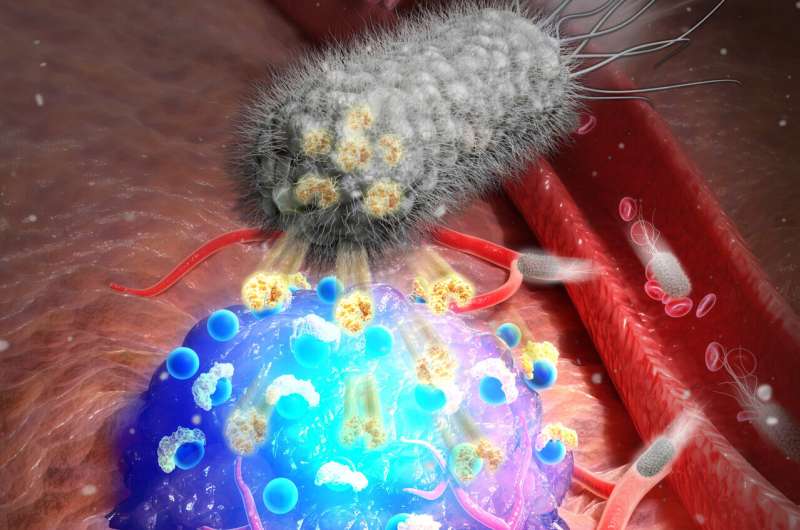Preoperative imaging or ultrasound is often insufficient to fully identify tumor boundaries, forcing surgeons to rely heavily on experience. These limitations highlight the urgent need for technologies that can provide real-time tumor visualization during surgery.
A joint research team led by Dr. SeungBeum Suh (Center for Bionics) and Dr. Sehoon Kim (Center for Chemical and Biological Convergence) at the Korea Institute of Science and Technology (KIST), and Professor Hyo-Jin Lee at Chungnam National University Hospital, has developed a next-generation intraoperative imaging platform using engineered beneficial bacteria that emit fluorescence specifically at tumor sites.
This bacteria-based contrast agent illuminates tumors like a neon sign during surgery, enabling more precise resection and reducing the risk of recurrence.

